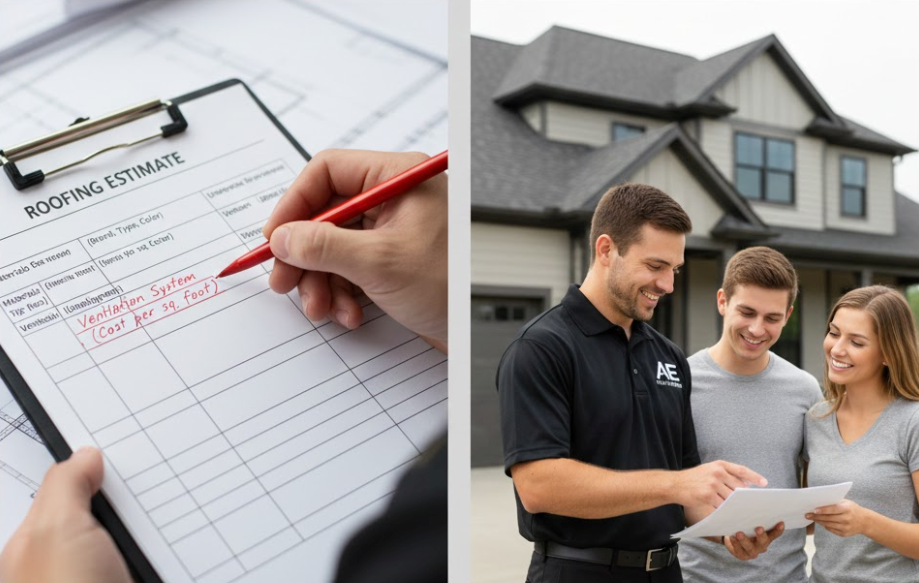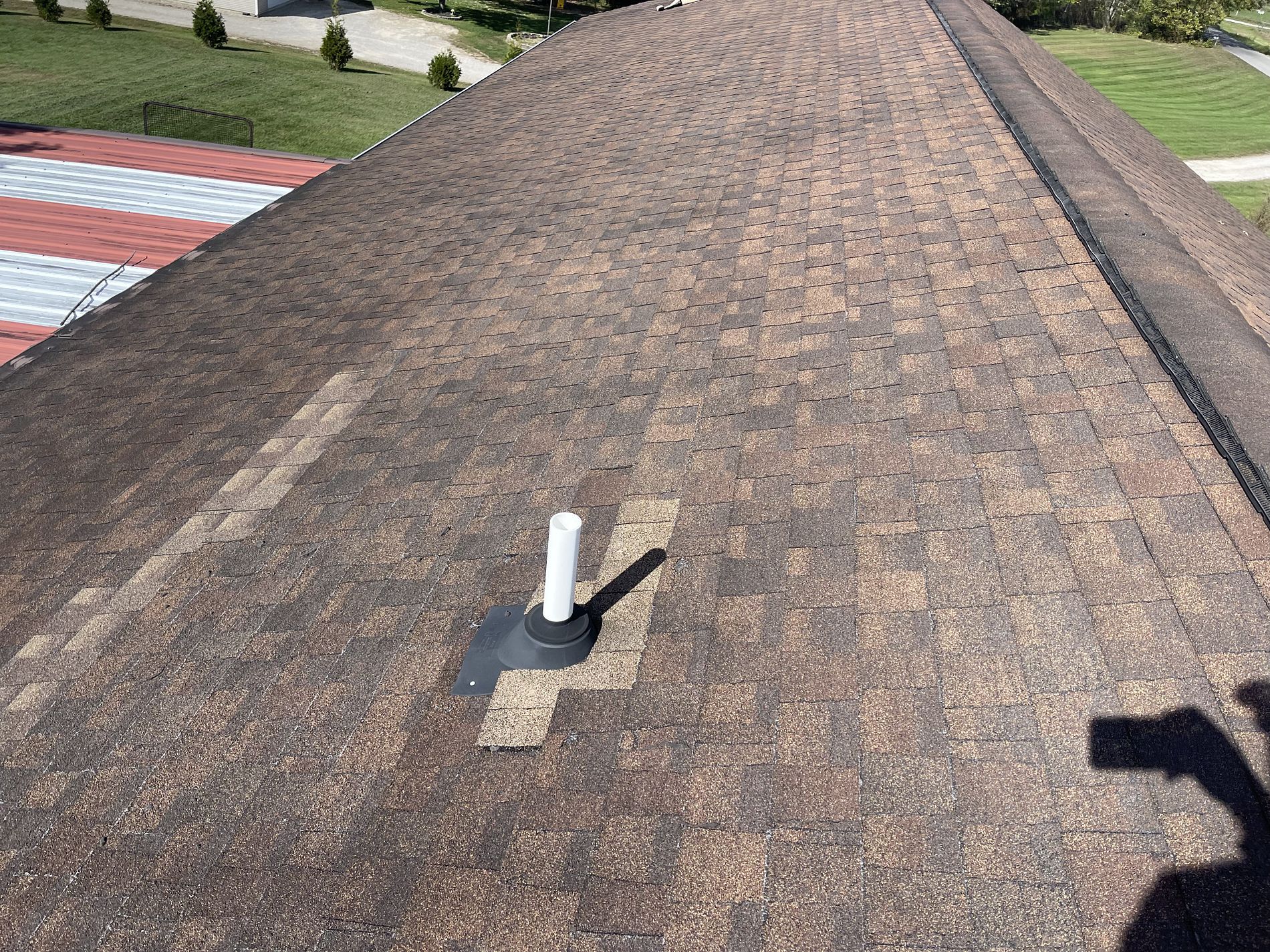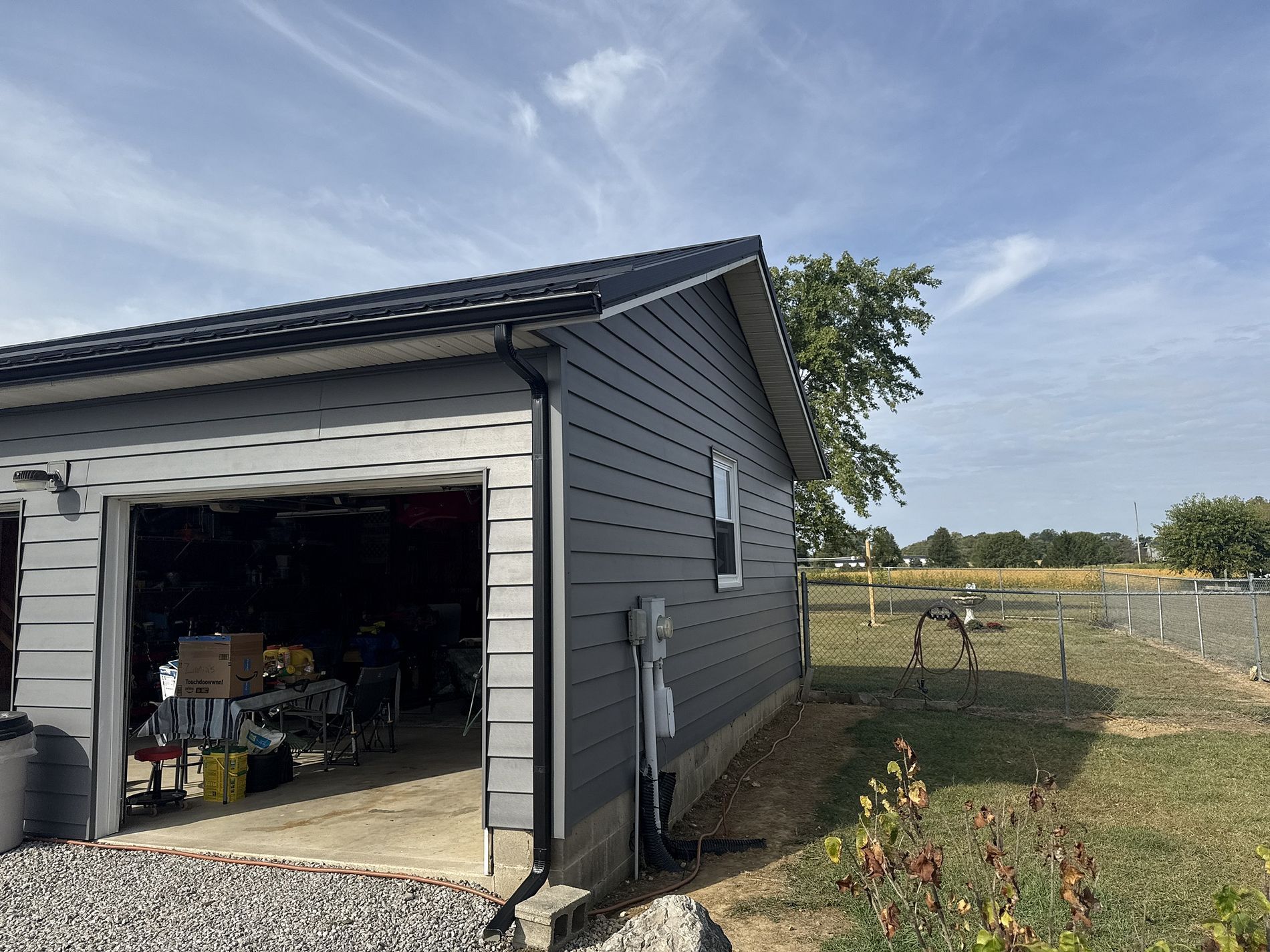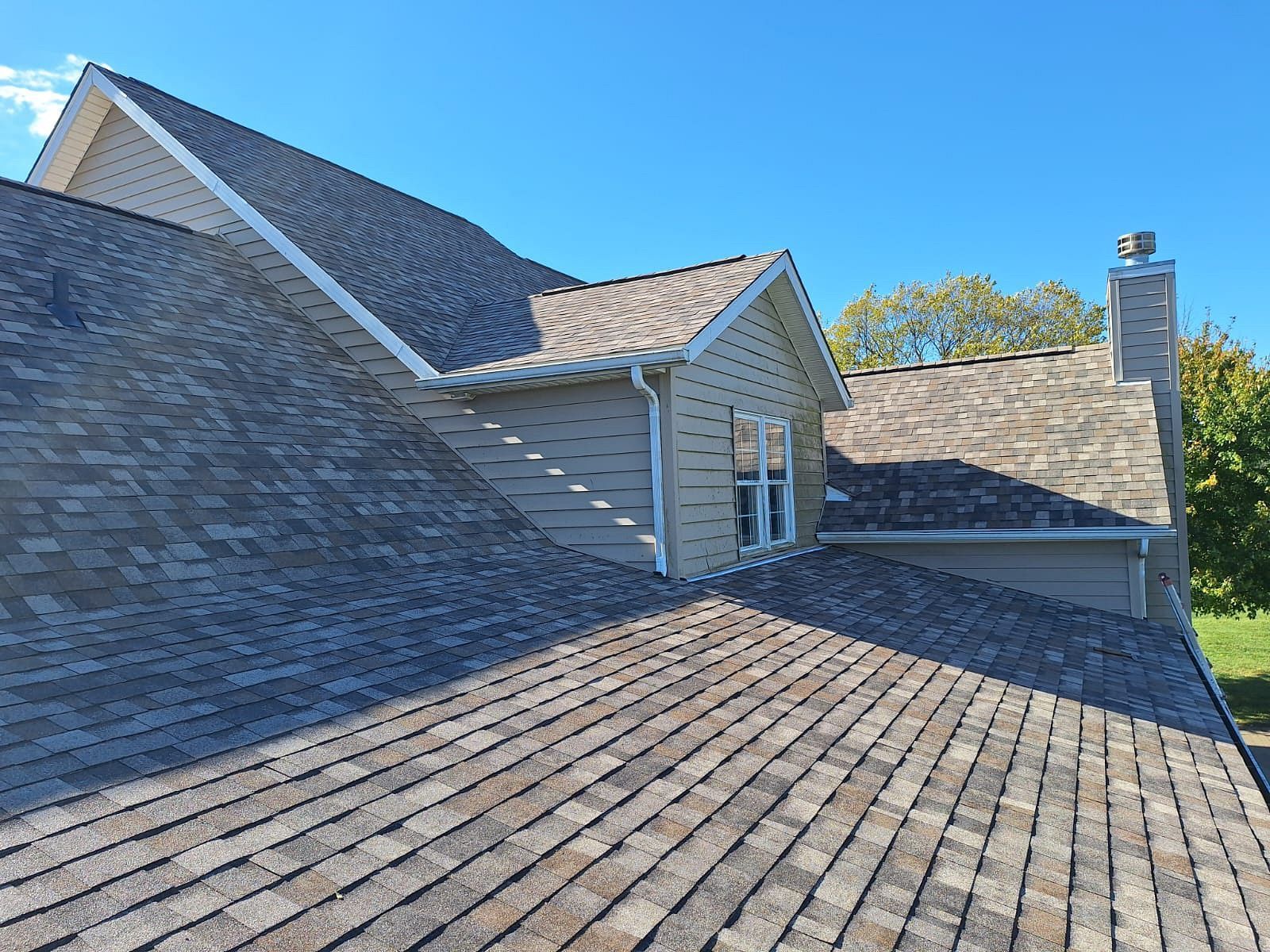Recent Prices Through The Roof? How Professional Roofers Determine The Price Of Replacing Your Residential Roof
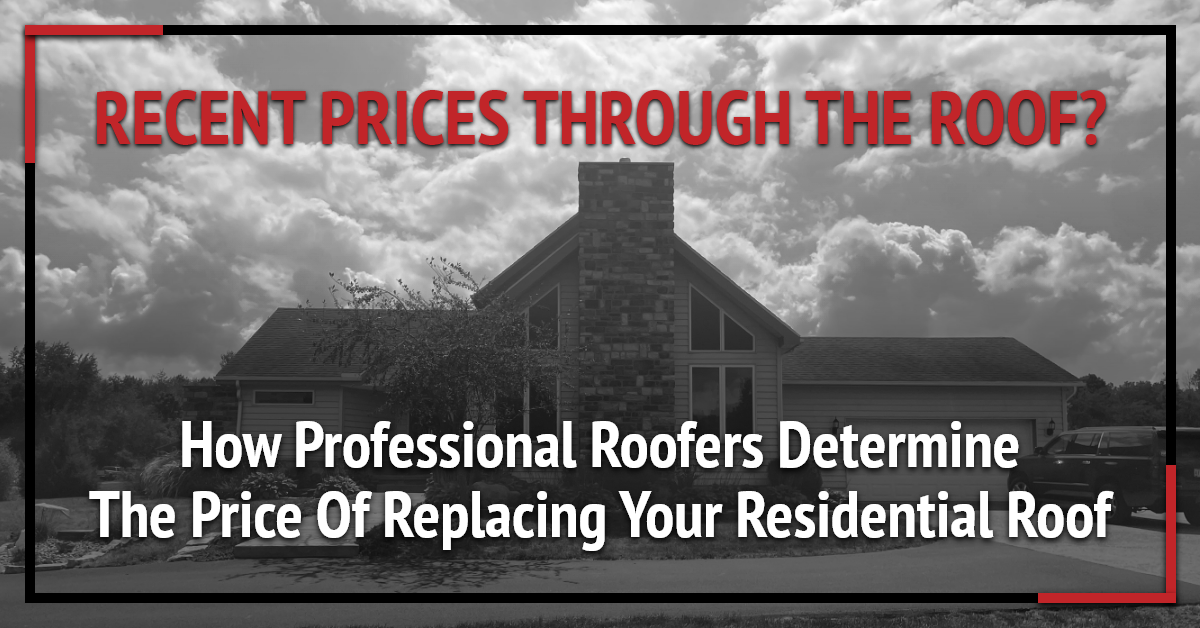 A new roof protects your home from harsh weather conditions and helps to keep your family safe. However, homeowners sometimes find an estimate for a roof replacement is higher than expected and need help understanding why. Here are items you may see on your estimate and why these expenses are necessary to
install a roof properly
.
A new roof protects your home from harsh weather conditions and helps to keep your family safe. However, homeowners sometimes find an estimate for a roof replacement is higher than expected and need help understanding why. Here are items you may see on your estimate and why these expenses are necessary to
install a roof properly
.
Materials
Roof Decking
The sheets of wood that make up your roof’s surface are called decking. If the old wood is damaged to the point where new roofing material cannot be securely fastened, you will need it replaced with new decking.
Underlayment
This is usually a synthetic or felt covering placed over the decking for added protection from weather and damage. This component and how it is installed are critical. The extra barrier of underlayment is invaluable in protecting the interior of your home if damage occurs to your roof during a storm. It’s advisable to use a quality underlayment.
Ridge Capping
The ridge is the peak of your roof. Usually, the ridge runs from one end to the other of your roof. Certain roof styles can have multiple ridges. Large upscale homes may have many roof facets because of the complicated design features, which include more than one ridge. Modern homes have ridge vents. If you are replacing your roof, a professional contractor may include this in the estimate.
Shingles
Shingles are typically the most significant material expense and can vary greatly depending on the type of shingles you have chosen. Be sure to research the cost of various shingle materials before requesting an estimate of the price of roofing systems.
Ridge Capping
The ridge is the peak of your roof. Usually, the ridge runs from one end to the other of your roof. Certain roof styles can have multiple ridges. Large upscale homes may have many roof facets because of the complicated design features, which include more than one ridge. Modern homes have ridge vents. If you are replacing your roof, a professional contractor may include this in the estimate.
Ridge Capping
The ridge is the peak of your roof. Usually, the ridge runs from one end to the other of your roof. Certain roof styles can have multiple ridges. Large upscale homes may have many roof facets because of the complicated design features, which include more than one ridge. Modern homes have ridge vents. If you are replacing your roof, a professional contractor may include this in the estimate.
Water Shield
The valleys in your roof need to have a method of ensuring water will keep flowing down and off of your roof. Any pooling could eventually work its way under your shingles. Ice may also form in these areas; this is the job of a water and ice shield.
These are the primary materials affecting the cost of a roof replacement. Additional materials may include any replacement of the damaged structure. Discuss the prices of materials with your contractor if you need to make adjustments. Reputable roofing companies are happy to inform you of any quality alternatives which may reduce costs.
Labor
Installation, tear-off, set-up, and clean-up are all included in labor costs. Factors include:
The size and complexity
This affects the time necessary to complete the job.
Difficulty in accessing your roof
Additional equipment may be needed to reach certain areas requiring more time.
Clean-up
Removing all the old shingles, fasteners, flashing, and wood is done to prevent damage to your landscaping and surrounding area.
The type of new roof
Certain modifications may be necessary if you are installing a different style of roof system.
The tasks listed require labor and are usually included in a total on your estimate. Any unusual items are typically listed separately to explain the reason.
Additional expenses that affect the cost of a roof replacement
Overhead - A roofing contractor may list expenses such as insurance, administrative duties, safety equipment, and licensing fees here. They are a part of doing business and keeping our employees and homeowners safe throughout the process of your roof replacement. Different contractors include this in different ways on their estimate sheets.
Equipment Maintenance – Equipment needs to be kept running smoothly, and fuel may be necessary for certain tools. This is not a major expense on your estimate, but you may see it listed on a roof replacement cost estimate.
Shipping Costs – Materials need to be shipped to your home by truck. Your location is figured into this cost. The amount and type of materials affect this number.
Penetrations – These include chimneys, skylights, and other items. You may need to replace a damaged skylight or repair a chimney.
All the items may not be necessary for your home, but being aware of the various costs will help you understand the roof replacement process.
If you would like to speak to someone about getting a free estimate for your roof, please don’t hesitate to contact Allstate Exteriors to schedule an appointment. We have been proudly serving customers for more than 15 years. Our service areas include Central Ohio and Southwest Florida. Our trained professionals will guide you through the process from beginning to end. Our friendly staff will gladly answer any questions you have regarding the cost of a roof replacement, or any of our services. Let’s get started on your beautiful new roof today!
The post Recent Prices Through The Roof? How Professional Roofers Determine The Price Of Replacing Your Residential Roof appeared first on .
